L'edicola digitale delle riviste italiane di arte e cultura contemporanea
Around photography (2004-2009) Anno 5 Numero 14 novembre 2008 - aprile 2009
Marcello Galvani
Roberto Maggiori
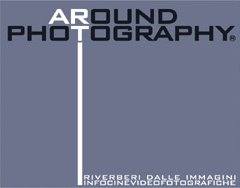
riverberi dalle immagini infocinevideofotografiche
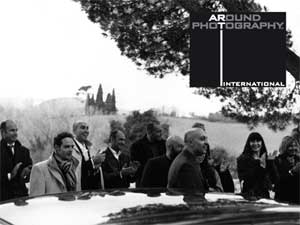
Beautiful inside my head forever
[CONVERSATION]
Every revolution is a throw of dice
[FRAME]
Database Logic --- Art dwelling thinking --- Victor Burgin --- 9/11 is today --- Bettina Rheims’s chambre --- Ale Formenti
[COVER]
Marcello Galvani
[INTERVIEW]
Gabriele D’Autilia --- Progettosettanta
[TV EYE]
The shadow of destiny
[TELL A VISION]
Manoel De Oliveira - Do visível ao invisível
[MOVIE]
Manhattan and Beyond
[BOOKSHOP]
Il corpo e l’azione --- Vedermi alla terza persona --- Heavy light --- This side of paradise
Talking about Biennals
Elvira Vannini
n. 13 maggio-ottobre 2008
The Demanded Cave
Anna Lovecchio
n. 12 novembre 07- aprile 2008
Fake Movement
Clara Carpanini
n. 11 marzo-giugno 2007
Tachiguishi Retsuden
Francesco Di Chiara
n. 10 novembre - febbraio 2006
La fotografia entropica di Robert Smithson
Pier Francesco Frillici
n. 9 Maggio - Settembre
Marina Abramovic
Intervista a cura di Stefano Pirovano
n. 8 novembre 2005 / gennaio 2006
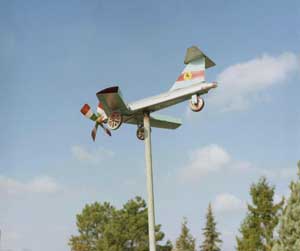
maggio 2004
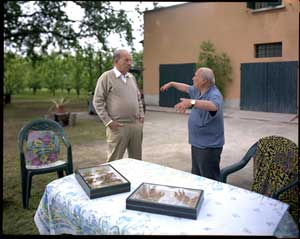
maggio 2008
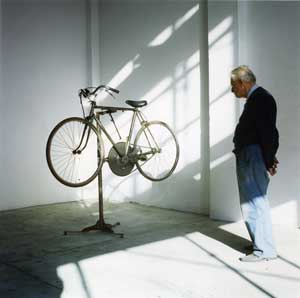
Marcello Galvani is quite a new entry in the scene of Italian photography and might not be as well known yet although he came in second at the Atlante Italiano Prize of 2007, a contest for Italian photographers under-35 held by the MAXXI.
Galvani’s photographs successfully combine the great American tradition of street photography with the classic style of European documentary photography. I am thinking especially of the “humanist and revealing” photography of Cartier-Bresson whose austere formalism is here replaced by a light and ironic gaze. The micro-events pictured by Marcello Galvani ooze with an irony different from Martin Parr’s sense of grotesque.
His irony is more of a subtle layer reminiscent of certain Nouvelle Vague films, such as Eric Rohmer’s “Comedies and Proverbs” and “Rendezvous in Paris”, many of which benefited from the sober and sophisticated photography of Nestor Almendros.
Images and imageries of the everyday are “enlightened” by Galvani’s soft and subdued iconographic vision that continuously refers to the history of art, at times mocking it.
Landscape, reportage, irony and history of art (and photography) all merge in these photographs and echo with the Italian photography movement begun with the noted exhibition Viaggio in Italia (1984). Galvani is especially influenced by Luigi Ghirri and Guido Guidi, that is two authors who worked out the extremely subtle visual research that was started by Walker Evans and brought to fruition by Lee Friedlander.
Yet, in the work of this young photographer, Ghirri’s metaphysics and Guidi’s visual wit morph into a lighter vision, charged with autobiographical intimacy, of the places of Emilia Romagna and of its inhabitants who are something more than occasional passers-by or stereotypical figures.
A kind of photographic diary - a successful visual format emerged in the last decades and sometimes abused – that, for once, conjures up a view of a world that is neither “exotic” nor shocking for there is no ostentation of rugged life or immoral vices, except for a dish of passatelli (a type of pasta cooked in chicken broth typical of Emilia Romagna, translator’s note).
If Brassaï, Larry Clark, Nan Goldin and Terry Richardson, have grown us accustomed to a bohemian and decadent treatment of this subject, here we find instead an absolute normality, a straight portrayal of the everyday life we all live.
Marcello Galvani lays his eye on his own “territory”, seeking stories that are local and universal at once. He freezes the passing of time and customs, retrieving a fragrant humanity and making it a pretext for canny reflections on what we see while, at the same time, he also redeems “normal” habits and situations. His attentive gaze skims the dull blare of the spectacle that the mass media (and others) feed us unremittingly and recklessly.
This romagnolo author achieves to retain this genuine fragrance by means of a minimalist use of his recoding tool, his own camera, a synthetic medium intrinsically inclined to best freeze the “traces” of our existence the less these are staged up.
Galvani records not only visual traces but also soundtracks from a broadcast of Radio Città del Capo – Popolare Network (1), a radio station based in Bologna. These radio recordings give voice to the subjects of his photographs and enhance thee distinctive distancing effect so far discussed.
In Marcello Galvani’s photographs the author’s gaze merge with an apparently subdued “direction” and with documentary narrations condensed in a few shots. The real and reflections upon the real overlap in a play of mirrors never clichéd nor pretentious.
Note
1.The program, titled Lains for Lyons, is aired every Wednesdays at 10.30 pm on www.radiocittadelcapo.it.

